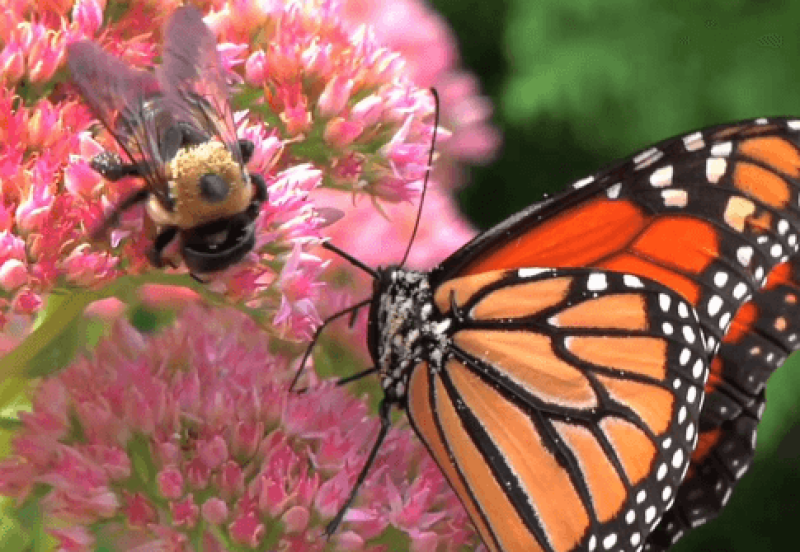What happened to the monarchs? The popular story is that genetically modified crops and an evil herbicide called glyphosate (also known as Roundup) are to blame for killing the butterflies.
…
The Union of Concerned Scientists once claimed that butterflies were dying from toxic pollen.
…
In fact, glyphosate doesn’t kill monarchs. It kills the milkweed plants where they lay their eggs. Although environmental groups have romanticized milkweed as a native wildflower, it’s a big problem for crop farmers, who regard it as an invasive pest.
…
The monarch population seems to have bottomed out around 2012-13, and has since been making something of a comeback…But the sharp rebound in the monarch population also coincides with a soaring use of glyphosate, which suggests that something more than a herbicide is responsible for the monarchs’ changing fortunes.
The monarch story is a lot like the bee story…The honeybees were dying, we were told. The villain was neonicotinoids, a new kind of insecticide that had induced a bee holocaust…[But] a body of research found that neonicotinoids were at best a minor factor in the bee blight.
…
Nature is more miraculous than we could possibly imagine. Maybe it’s more resilient, too.
The GLP aggregated and excerpted this article to reflect the diversity of news, opinion and analysis. Read full, original post: The monarch butterflies are back (and so are the bees)































